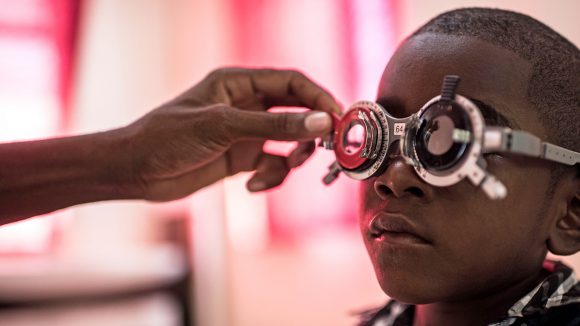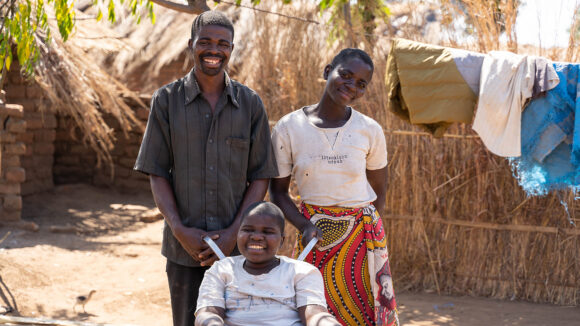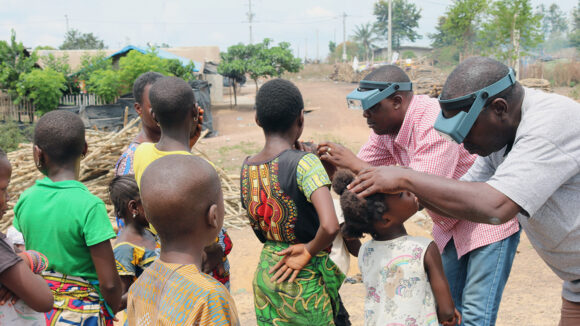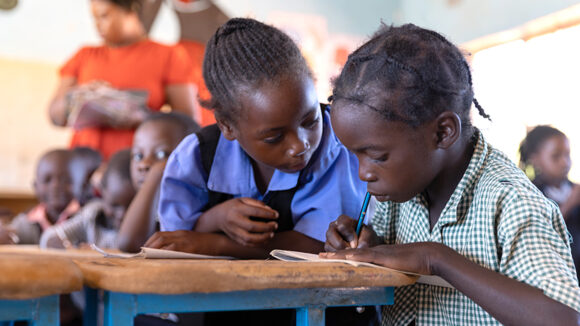New figures show more than a billion people have avoidable vision impairment

At least a billion people worldwide have impaired vision that could be prevented or treated, according to new figures from the World Health Organization (WHO).
WHO’s first World Report on Vision, published today ahead of World Sight Day, estimates that in total, visual impairment affects 2.2 billion people globally. With a growing, ageing population, this number is set to grow dramatically. Yet in almost half of these cases, it’s thought that poor vision could be prevented or addressed.
Juliet Milgate, director of policy and advocacy at Sightsavers, said: “WHO has delivered its report at a critical time. Considerable progress in eye health has been made, but serious challenges remain and the report makes clear that there are significant unmet needs – people are simply not getting the eye care they need.
“The report is a call to action for all states. We hope it will lead to greater awareness, galvanise political will and deliver better eye health for all, particularly those who are most marginalised.”
Many conditions that cause impaired vision can be prevented or treated using straightforward, affordable methods, such as a cataract operation or an eye test and a pair of glasses.
Sightsavers CEO Caroline Harper said: “Sightsavers welcomes the World Report on Vision and congratulates WHO on its efforts to deliver this crucial work. We know from the report and our own experience that the burden of poor eye health falls unequally on poorer countries and on underserved populations such as women, persons with disabilities, those living in rural communities, and indigenous people.
“Everyone has a right to healthcare, regardless of where they are born, where they live or how much money they have. Sightsavers’ work around the world proves what is possible when people work to strengthen health systems with local partners.”
See an overview of the report (pdf), read the full World Report on Vision or see an accessible version of the full report.
Alternatively, find out more about the report via The International Agency for the Prevention of Blindness.

Sightsavers’ work to protect sight
We aim to prevent avoidable blindness and save the sight of some of the world’s most vulnerable people.
About our workRead all our latest news stories
News from Sightsavers
Sightsavers responds to report into FCDO’s work on disability inclusion
A report on the UK government’s development strategy and how inclusive it is of people with disabilities was published on Thursday 4 April.

Sightsavers’ Accelerate programme gets US$36.5 million funding boost to banish trachoma
The extra funding from international donors will help speed up the elimination of trachoma in Africa by expanding and extending the programme.

Sightsavers at the CIES education conference 2024
We're attending the conference in Miami on 6-14 March to share our expertise, engage with the education community and explore how we can transform inclusive education.